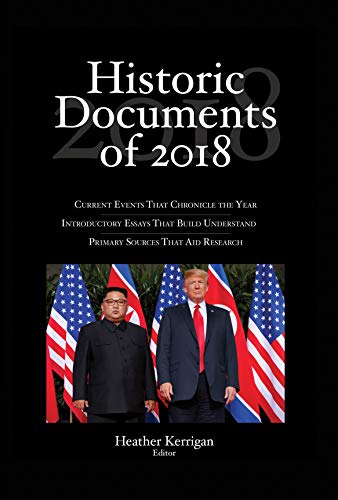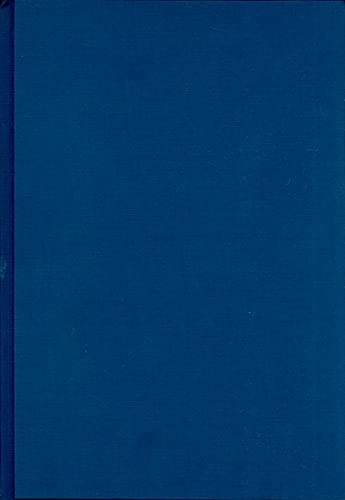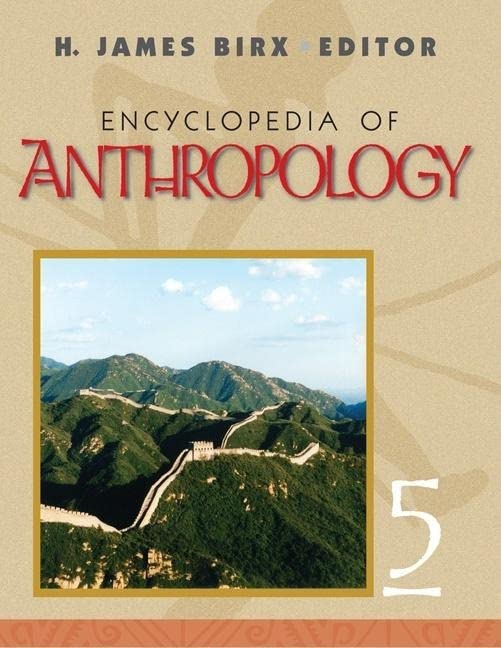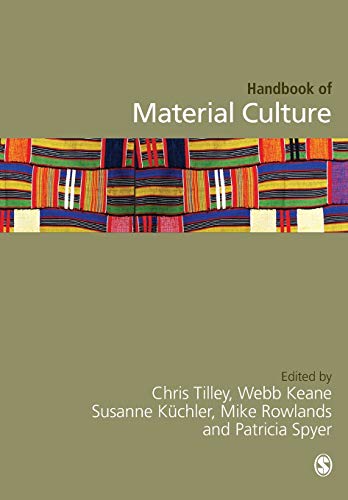History
Featured Products
Merchants of Virtue: Hindus, Muslims, and Untouchables in Eighteenth-Century India
₹527.12
M.R.P.:₹ 599.00
You Save: ₹71.88 (12.00% OFF)
Hills of Paradise: Power, Powerlessness and the Female Body
₹527.12
M.R.P.:₹ 599.00
You Save: ₹71.88 (12.00% OFF)
A Modern History of Jammu and Kashmir, Volume One: The Troubled Years of Maharaja Hari Singh (1925-1949)
₹703.12
M.R.P.:₹ 799.00
You Save: ₹95.88 (12.00% OFF)











